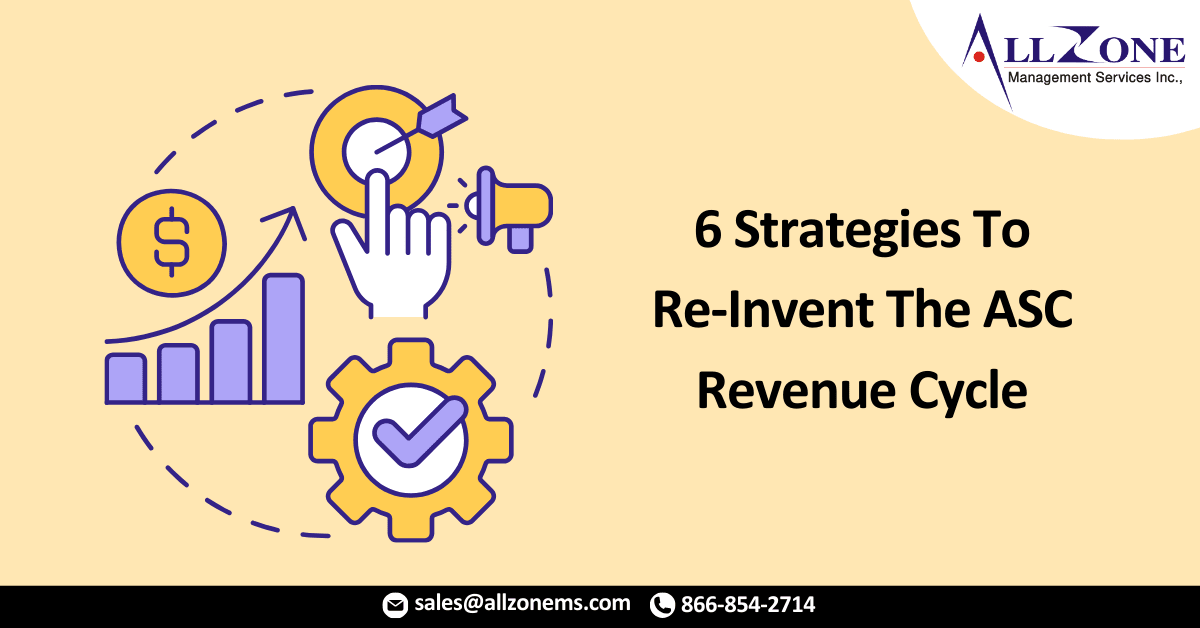Ambulatory surgery centers have long faced challenges in collecting reimbursement, and that became increasingly difficult as patients shouldered more financial responsibility for their care. However, those challenges have intensified during the COVID-19 pandemic and have resulted in an increased need for centers to accelerate revenue collection due to temporary income loss from suspended procedures.
During a webinar hosted by Becker’s Hospital Review and sponsored by BHG Patient Lending, presenters provided tips on re-inventing the revenue cycle during unprecedented times.
Here are the key strategies presented:
Provide price estimates before procedures
To maximize revenue, surgery centers should provide price estimates pre-procedure and offer a collection portal or payment options upfront, according to Mr. Gruebele. This allows the patient to think about their out-of-pocket share. Mr. Gruebele suggested researching estimation tools and benefit calculators — and if one is not available or not in the center’s budget — working on infrastructure changes to create quicker estimates.
Ensure current financing options cover patient demographics
This involves creating affordability and flexibility for each patient. For example, if the surgery center has low-income or uninsured patients with higher out-of-pocket responsibilities, there should be a program that allows them to pay over time, according to Mr. Gruebele. Look “for unconventional solutions for the unconventional problems that we have today,” he said.
Provide payment options every patient can appreciate
These payment options may be online through an automated service or a portal or app. In other words, offer touchless options for surgery centers to communicate with patients and collect payments. “Getting creative and untraditional to allow the patients to choose the best path to success is important to make sure we get as much collection as possible and that we’re allowing the patients to communicate with us in the medium that is most convenient for them,” said Mr. Gruebele.
Find enhancements in your existing claims processes
Mr. Gruebele recommended asking employees where efficiencies can be achieved. This means rating employees on how many times their claims are denied by insurers and how many times their claims have gone through cleanly, then modeling high-performing behavior.
Consider implementing a down payment policy for patients
Surgery centers should consider implementing a down payment policy for every patient and request a down payment from the patient pre-discharge, according to Mr. Gruebele. If it’s for an elective care procedure, he recommended requesting a down payment and deciding on a financing option that’s available for the patient. If it’s for an emergency care situation, and the patient is being discharged, he recommended asking for a down payment on their balance. “By securing at least a partial payment upfront, you get a much higher probability of patients paying through the end of their debt, at least to a much higher level,” Mr. Gruebele explained.
Focus collection efforts on the first 30 to 60 days
When it comes to collecting payments from patients, a proactive approach is crucial in the first 30 to 60 days after care is provided, according to Mr. Corlyon. He said surgery centers also need to ensure they have a dedicated staff handling collections. “In collections, engaging and working with people on a human level takes time and it takes training and it takes resources and it takes a lot of energy,” he noted. “You want to make sure you have a dedicated group of people doing this.”
For More Information: https://www.beckersasc.com/asc-coding-billing-and-collections/6-strategies-to-re-invent-the-asc-revenue-cycle.html

